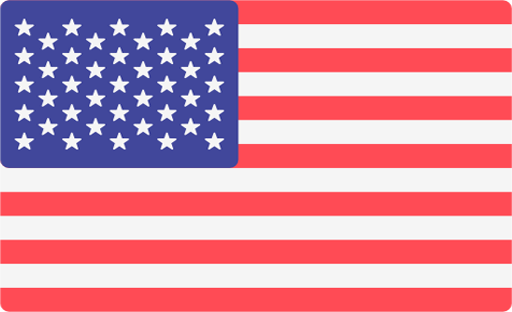Choosing Your Wheels: Financing, Leasing, or Cash Payment for a Used Car in Canada
Buying a used car in Canada can be a significant financial decision, and it’s important to explore the various options available to you. When it comes to acquiring a pre-owned vehicle, the three main payment options are financing, leasing, or paying in cash. Each method has its own set of advantages and considerations, making it crucial for buyers to understand the implications of each before making a decision. Let’s explore the pros and cons of financing, leasing, and paying cash for a used car in Canada.
Financing a Used Car:
Financing a used car involves taking out a loan from a financial institution, such as a bank or a credit union, to cover the cost of the vehicle. Here are the key points to consider:
Pros:
- Ownership: You own the car once the loan is paid off, giving you the freedom to modify or sell it at any time.
- Credit Building: Making regular payments on your car loan can help improve your credit score over time.
- Affordability: Monthly payments can be more manageable than a lump sum, making it easier to budget for other expenses.
Cons:
- Interest Rates: Depending on your credit history, interest rates can significantly increase the total cost of the car.
- Depreciation: The value of the car may depreciate faster than the rate at which you are paying off the loan, leading to negative equity.
Leasing a Used Car:
Leasing a used car involves paying for the vehicle’s depreciation over a set period, typically two to four years. Here’s what you need to know about leasing:
Pros:
- Lower Payments: Monthly lease payments are often lower than loan payments for the same vehicle.
- Maintenance Coverage: Many lease agreements include maintenance costs, saving you money on routine services.
- Upgrade Potential: Leasing allows you to drive a newer model more frequently, keeping you up to date with the latest features and technology.
Cons:
- Mileage Restrictions: Most leases come with mileage limits, and exceeding these limits can result in additional fees.
- No Ownership: Unlike financing, you don’t own the car at the end of the lease term, and you may not benefit from its resale value.
- Fees and Penalties: Terminating a lease early or causing excessive wear and tear can lead to costly penalties.
Paying Cash for a Used Car:
Purchasing a used car outright with cash is the most straightforward option. Here are the advantages and disadvantages:
Pros:
- No Interest: Paying cash eliminates the need to pay interest, saving you money in the long run.
- Full Ownership: You own the car outright, giving you the freedom to sell it or modify it as you please.
- Negotiating Power: Sellers may be more willing to negotiate a lower price when presented with a cash offer.
Cons:
- Cash Drain: Paying in cash can significantly deplete your savings, potentially leaving you financially vulnerable.
- Limited Options: Your choice of vehicles may be limited by the amount of cash you have on hand.
- Lack of Credit Building: Making a cash purchase does not contribute to building or improving your credit score.
Conclusion:
In Canada, the choice between financing, leasing, or paying cash for a used car ultimately depends on your personal financial situation and priorities. If you prioritize long-term ownership and building equity, financing might be the best option. However, if you prefer lower monthly payments and the ability to drive a newer model more frequently, leasing could be the way to go. Paying cash is ideal for those who want to avoid interest and own the vehicle outright. Whichever option you choose, it’s crucial to carefully consider your financial goals and limitations before making a decision. Always consult with a financial advisor to determine the best choice for your specific circumstances.



